
Developer: Klace
Publisher: Crunching Koalas
Platform: Switch, PC
Tested on: Switch
Winds of Change (Switch) – Review
Let’s start by addressing the elephant in the room: Winds of Change is a visual novel that is aimed at the furry community. By default, this means that the game’s existence is going to be divisive, as is often the case when a game is intended for a niche audience. It’s likely that a significant amount of gamers are going to dismiss Winds of Change *because* it’s a furry game, and there is also a large group of people that are going to love the game no matter what. This review is for neither of those groups, and instead intends to deliver a neutral perspective. We’re taking a look at Winds of Change on its own merits to find out whether this is a game that anyone on the fence could enjoy.
Story
As is par for the course for visual novels, we’re going to attempt to avoid spoilers as the narrative is arguably Winds of Change’s most important aspect. The story is set in the fantasy world of Alestia, which is inhabited by anthropomorphic animals, most of which are canines. Players take on the role of the Seer (or Seeress), who is able to see potential future timelines in their dreams. Winds of Change wastes no time explaining this as the game starts out in the middle of one of these visions. Accompanying the Seer are Valessa, who is tasked with keeping a record of the Seer’s visions and Ulric, who serves as the party’s muscle. The trio is tasked with keeping the lost blade of the evil Triumvirate safe, as the villains are attempting to reclaim it. The blade is hidden in Valinorth, and the Triumvirate is ready to send out their Grand Inquisitor to retrieve it. This is where our story starts.
At the beginning, the Seer is seemingly suffering from amnesia, although this is implemented to give the other characters an opportunity to explain the Seer’s role in the party. For the most part, the game does an adequate job of making the explanation of the Seer’s ability feel natural instead of simply hitting you with a bunch of exposition. That only applies to the ability to see the future though, as most of the game’s overarching narrative leaves very little up to interpretation and instead over-explains almost everything, mostly through lengthy conversations rather than by having the narrator step in. At times this felt a little insulting, as if the player wasn’t able to deduct certain events from context.
The core narrative relies on fantasy tropes and does very little to subvert things you’ve all seen before elsewhere. Of course there is an evil empire hell-bent on taking over the world. Of course the Seer turns out to be the “Chosen One” whose mystical powers turn out to be the key to restoring the peace. Of course there is a rebellion that aids the Seer on their quest. If you’re a fantasy buff, you’ll also notice that some of the names used in the game sound eerily familiar. One of the game’s major locations is named “Valinorth”, for example, which sounds suspiciously like Tolkien’s “Valinor”. It’s an example of how Winds of Change’s writers took inspiration from other sources rather than come up with something completely original. Of course, it’s difficult to do this, as the fantasy genre has such a long history behind it and pretty much everything’s been done before but if you were expecting Winds of Change to revolutionize the fantasy genre, then you’ll end up disappointed.
Admittedly, the overall narrative only serves as a structure for the game’s real reason for existence: the romance options. We wouldn’t go as far as to call Winds of Change a dating sim but the game puts a heavy emphasis on the Seer being able to get involved with pretty much every character you encounter, regardless of gender. To its credit, the game isn’t coy about this. The romance options are prominently listed on the game’s various eShop pages. That’s fine. Winds of Change clearly has a distinct audience in mind, and a game aimed at the furry community isn’t different from the anime-inspired romance visual novels aimed at teenage girls in that regard. We should point out though, that the game has some issues with male to female ratio for potential partners, with only a single female romance option and five male ones, regardless of the Seer’s own gender. The game’s biggest weakness is that Winds of Change attempts to be both a furry romance game and a fantasy visual novel, but fails to fully commit to either one, resulting in a game that lacks its own identity.
That’s not to say everything is bad, story-wise. If you like what’s on offer, there are plenty of reasons to revisit Winds of Change as the game features a multitude of endings, each of which is shaped by the decisions you make throughout the story. You’re also getting plenty of bang for your buck here. Winds of Change has approximately 16 hours of gameplay to offer.
Graphics
From a technical perspective, Winds of Change’s artwork is quite good. The artists that drew the character illustrations are clearly quite talented, and although the illustrations never quite reach Disney quality, they are still well-drawn. That said, there is only a limited amount of sprites available for each character and their expressions don’t always match the subtleties of the emotional range the story requires. Additionally, the “neutral” front-facing sprites feel lifeless and empty, with the character’s blank death stares actually being a bit unsettling.
Sound
One of the stand-out features of Winds of Change is that it is nearly fully voice acted. The only character that doesn’t get any audible dialogue is the Seer themselves, which makes sense as this is supposed to be the player, and therefore the Seer’s voice would be the player’s internal monologue. Performances vary in quality, with some actors, such as the narrator, hamming it up and others going for a more natural delivery. One thing that stood out, and not in a good way, was the voice of the Triumvirate. In the story, these are three distinct individuals that act, think and talk simultaneously, but instead of having three actors read the lines, a filter was seemingly applied over a single voice. The result is distracting and ruins the immersion somewhat. The soundtrack Winds of Change offers up is fairly generic. Naturally, the tunes that underline the story sound suitably fantasy-inspired and the music changes to match the mood of the events that occur during the story. If you were expecting the legendary song by Scorpions that (almost) has the same title to make an appearance here, you’re out of luck.
Gameplay
Winds of Change shakes up the classic visual novel formula by adding point-and-click elements and a surprisingly wide range of player choices that influence the story. The majority of the game is presented as a visual novel but we were pleasantly surprised to see how these elements provided a break between having to read constantly without any player interaction. These also allow you to tackle certain locations in the order of your choosing, which does affect the game’s flow somewhat. Apart from these minor changes to the visual novel formula, everything is par for the course. The game doesn’t push the Switch to its limits and we didn’t encounter any performance hiccups during our time with it.
Conclusion
Winds of Change is a niche title for a fairly limited audience. The game knows this and has no qualms about pandering to the furry community. If you’re in this community, there is a fairly high chance that you’ll absolutely love what’s on offer here. For anyone else though, Winds of Change offers up a generic fantasy story that fails to commit to the world it attempts to create and instead puts too much focus on romantic relationships between its characters.
Winds of Change (Switch) - Review,

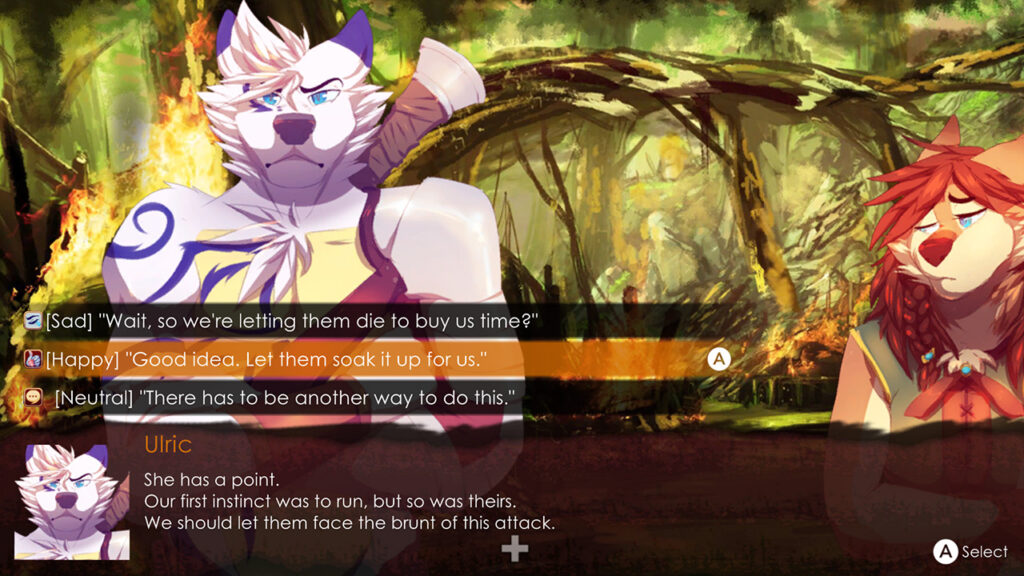
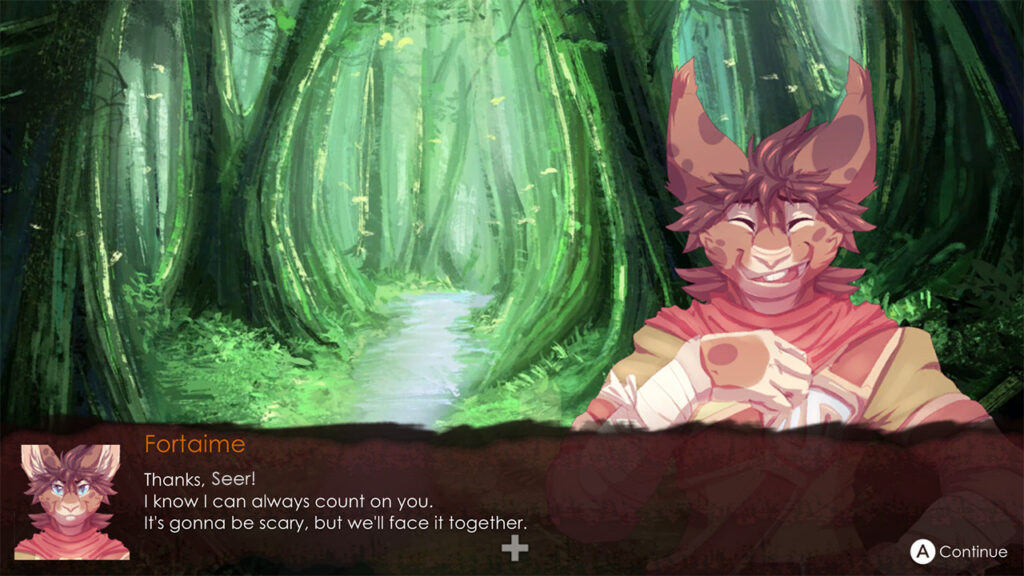
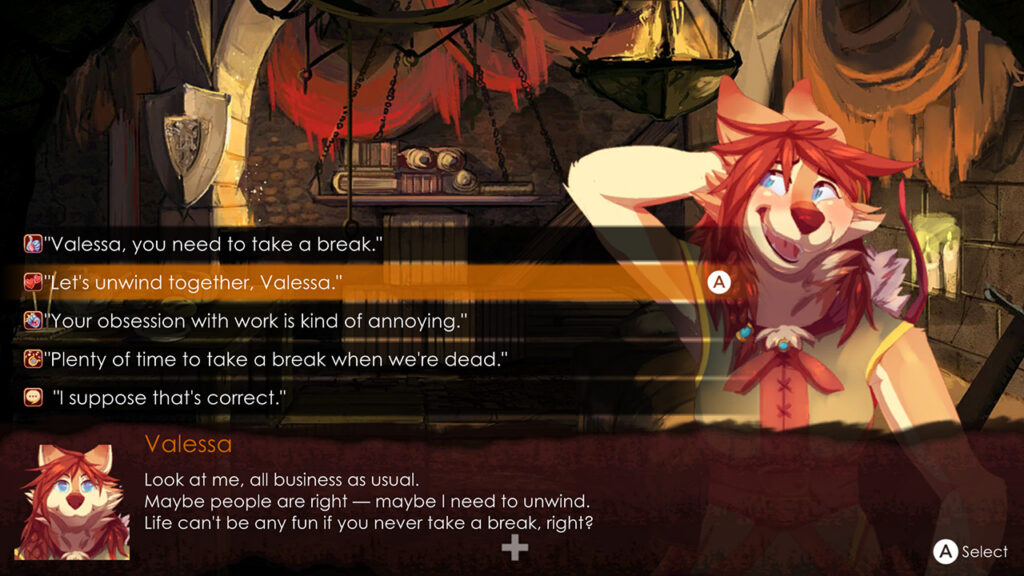
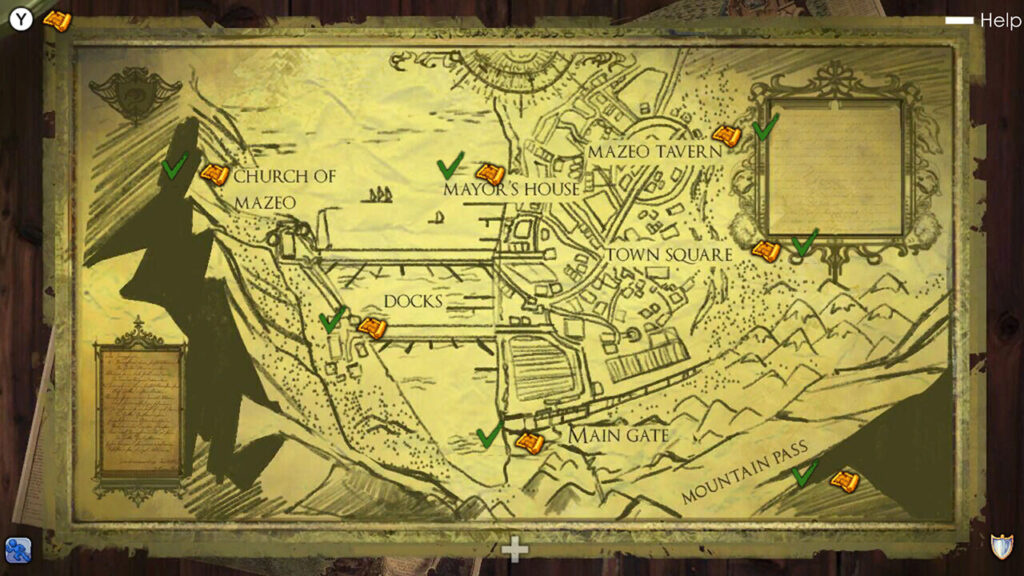

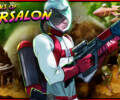
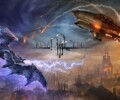
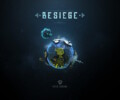
No Comments